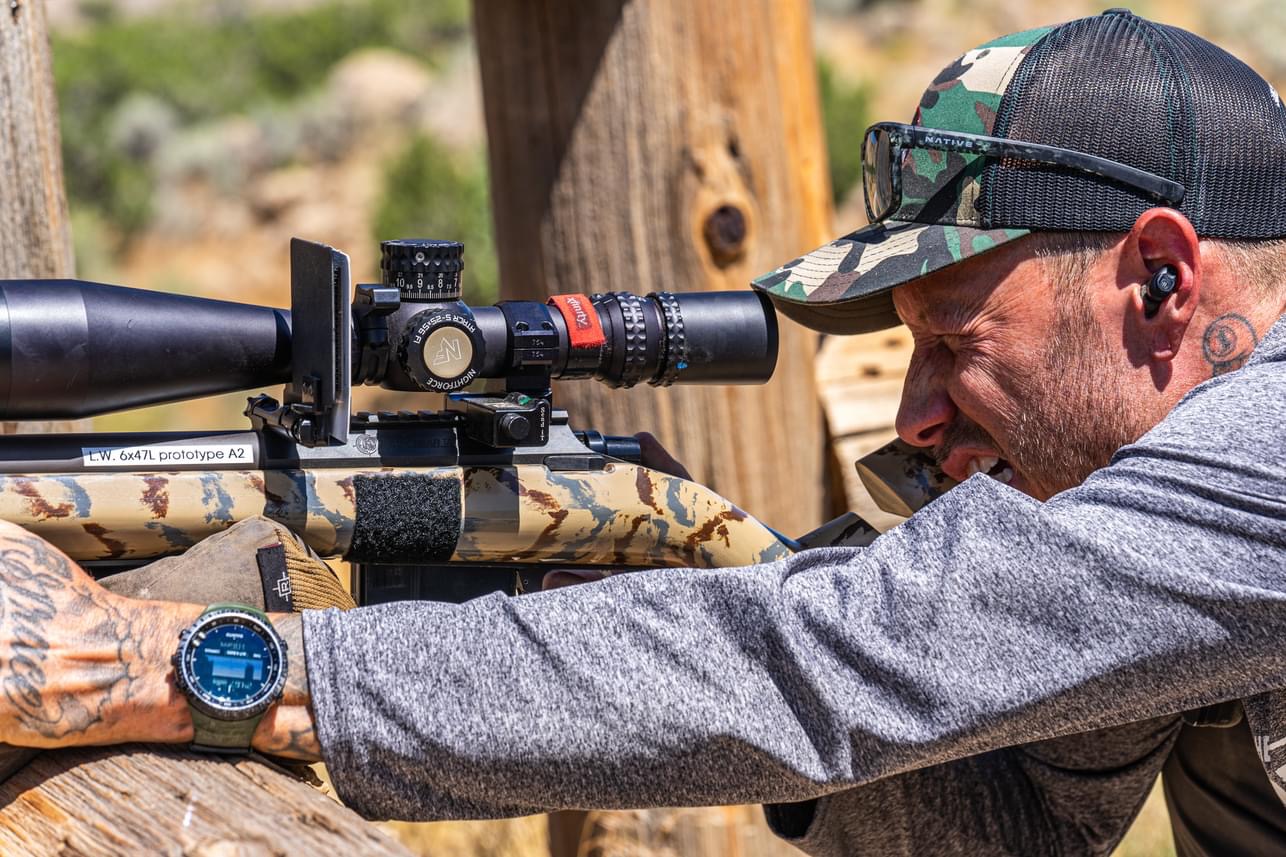Level up your comfort and performance with these suggestions

Tailoring your equipment is all about making sure that every piece of equipment you use fits your body right. When your body and your equipment are aligned and in the optimal position to do what they were designed to do you both perform at your best. When things are ergonomically fit, you’re less likely to get tired or hurt, which means you can work or play better and longer. Think of it like this: if your equipment feels just right in your hands and doesn’t make you strain, you’re going to do a much better job with it. Plus, you’ll feel more comfortable and avoid those nagging injuries that can slow you down.
Think of this as rifle ergonomics, your personal performance enhancer. When your gear is customized to suit you perfectly, you’re more comfortable, you can go longer without feeling tired, and you’re less...
Continue reading...
Last edited by a moderator:
